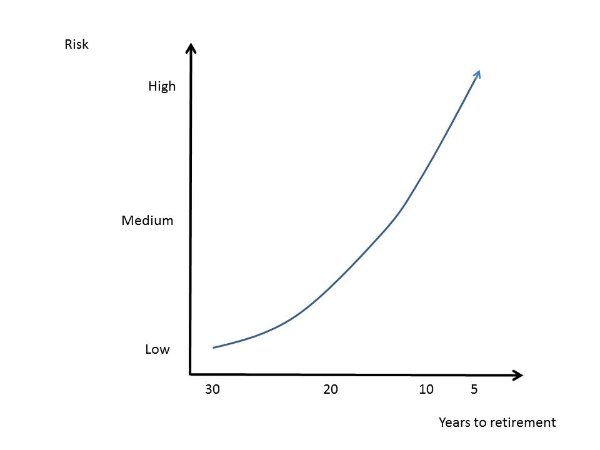The perennial issue of land supply and the escalating costs facing new homebuyers is not going to be solved anytime soon but there is movement at the station in regards to addressing this key bugbear in urban development.
Contributing issues to the undersupply in housing stock include a general inadequate investment in infrastructure, slow planning and approvals processes, high taxes and charges in the provision of housing, and in the case of a city like Sydney, the lack of undeveloped land due to geographical factors.
The Housing Industry Association had previously reported in its HIA-CoreLogic RP Data Residential Land Report, during the March 2015 quarter, the residential land price in Australia increased by 4.1 per cent compared with the previous quarter. This represented an increase of 8.2 per cent compared to the same quarter of last year. During the March 2015 quarter, residential land transactions fell by 5.2 per cent compared with the previous quarter to be 17.6 per cent lower than the same period 12 months earlier. The March 2015 quarter represented the third consecutive decline in land transactions in Australia.
The low sales rates combined with the increase in prices suggests that low supply is the cause of this price growth instead of a slowdown in demand.
The HIA’s senior economist Shane Garrett examines the underlying trend: “Land is the big driver of price increases in some areas. If you look at the figures nearly all of the increases in dwelling prices are explained by increases in the price of land whereas building cost increases actually in some parts haven’t gone up by much in relation to general price levels, so land is a big driver.
“The data shows that the land supply situation has tightened in recent years and manifested itself in higher prices and fewer actual lot transactions in the biggest markets.”
Garrett reflects on New South Wales where Sydney has the biggest demands as far as housing is concerned — the population is increasing, interest rates are low and there is a lot of new home building going on with detached dwellings and units.
“On a national basis land is the single biggest input to new home building and it’s something that the HIA has campaigned on for quite some time,” he says.
Bret Fleming, director of planning and design with consulting firm Urbis, says that as Australia’s population reaches 40 million in 30-40 years time, there is a requirement to make sure that supply and demand don’t get too far apart. He also asks are we in fact building the right type of dwellings in the right locations?
“Developers need to provide a variety of dwelling types, buyers can then climb up the housing ladder – give people the opportunity to buy in and trade up in the same area as their needs change. We’re now seeing more two bedroom product available in developments.”
So what more can be done to increase land supply and tackle affordability?
Fleming says, “We’d like to see more political will around the issue of housing demand and greater accountability that would go right down to a local government level whereby councils are obliged to provide a certain amount of land to accommodate certain population growth, but ultimately it comes down to political will and change is a sensitive issue in terms of introducing apartments into the middle ring or taking out farmland on the periphery of the city, so some sensible debate around that is needed. I think the recent changes in the federal government will help that as well. They seem to be emphasising the importance of our cities more than they have, which is nice considering they house 90% of our population.”
The HIA’s Shane Garrett says, “What we would like to see improved is the infrastructure funding mechanisms, (the introduction of) some sort of user pays scheme where buyers would pay back the infrastructure charges to some sort of local government authority for delivering these services over a period of say five, 10 or 15 years.
“And we would like to see the taxation burden relieved – the residential building sector is the second most taxed industrial sector of the economy.
On the new appointment of Jamie Briggs as Minister for Sustainable Cities and the Built Environment by new Prime Minister Malcolm Turnbull both Fleming and Garrett were favourable in the creation of this ministerial portfolio.
Urbis’s Bret Fleming: “It’s very much a step in the right direction. The federal government are actually tuning their mind to this and hopefully we will start to see some policies which will flow through to the state level and we will start to get some consistency and certainly Malcolm Turnbull is making the right noises in regards to infrastructure investment. It’s not just around roads any more but around public transport as well.”
HIA’s Shane Garrett says, “We welcome a dedicated government minister. It will be interesting to see if it translates into much action on the ground but the fact it has happened in the first place is a step in the right direction and something that we would welcome and are hopeful it will deal with some of the supply bottlenecks.”
It will be intriguing to see the results of future Land Reports from CoreLogic RP Data to see if there is a greater equilibrium between supply and demand, but in the meantime, first homebuyers are continuing to look at alternative options and locations in purchasing their first property and it’s likely developers will continue to respond with a variety of dwelling types.












